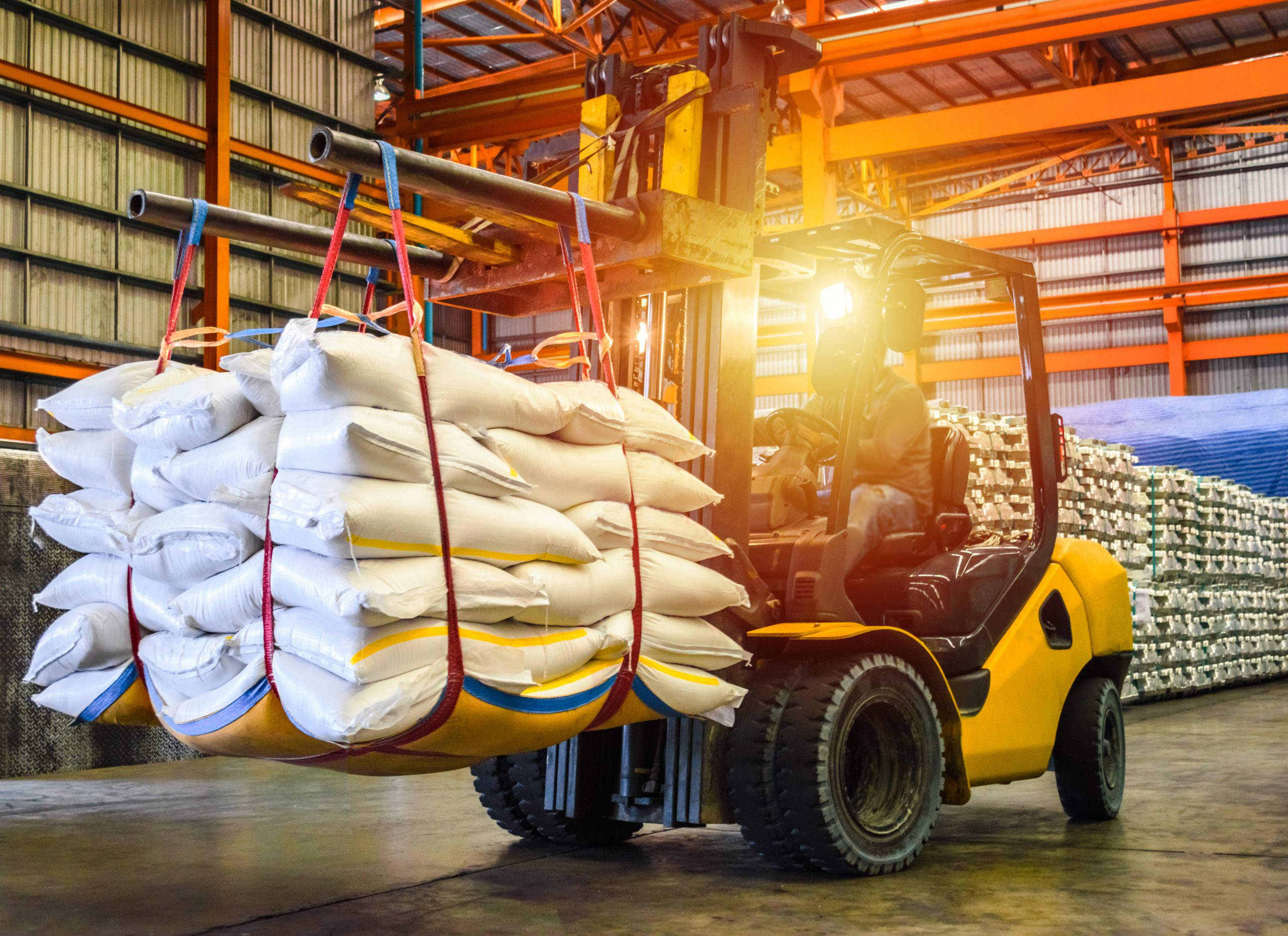The milestone follows the company’s celebration of ten years of motive power technology leadership for material handling and ground support equipment with Lithium SAFEFlex.
Green Cubes Technology (Green Cubes), the leader in producing Lithium-ion (Li-ion) power systems that facilitate the transition from lead-acid batteries and Internal Combustion Engine (ICE) power to green Lithium-ion (Li-ion) battery power, today announced the 10,000th sale of its Lithium SAFEFlex Battery. This flagship suite of solutions is designed to meet the cost, performance, efficiency, and durability requirements of the rugged warehouse, distribution, and airport environments. Lithium SAFEFlex industrial lithium battery systems are designed as drop-in replacements for traditional Lead acid batteries. They eliminate the need for watering and battery swaps and increase equipment up-time with fast opportunity charging.
This significant milestone was achieved shortly after the company celebrated a decade of motive power technology leadership with its flagship suite of electrification solutions for the material handling industry. Measured by total power shipped, the 10,000 batteries represent 297 Mega Watt Hours (MWh) which is enough to power 110 thousand pallet jacks, 27 thousand end riders, 12 thousand reach trucks, or 9 thousand Class 1 trucks.
“This achievement was made possible by the tireless efforts of Green Cubes’ world-class team,” said Michael Walsh, Chief Executive Officer for Green Cubes. “We are passionate about meeting our customers’ ever-increasing needs for high-quality state-of-the-art Li-ion power for motive equipment.”
In 2024, Green Cubes will continue to invest in technology innovation and manufacturing excellence while expanding its service and customer application infrastructure. Green Cubes recently added a 36,000-square-foot facility to produce Lithium SAFEFlex batteries and house engineering and service talent to support customers. Additionally, Green Cubes established a new Technology Center in Switzerland, to focus on product innovation. Together these teams are working to improve technology and service offerings based on a decade of field learning and experience.
ABOUT GREEN CUBES TECHNOLOGY
Green Cubes Technology develops and manufactures safe and reliable electrification solutions that enable its OEM and enterprise customers to transition from Lead Acid and Internal Combustion Engine (ICE) power to Lithium-ion battery power. Green Cubes utilizes proven hardware and software platforms to build the most reliable Lithium power solutions in its industries. With over 300 employees across six countries, Green Cubes has been producing innovative, high-performance, and high-quality power solutions since 1986.

